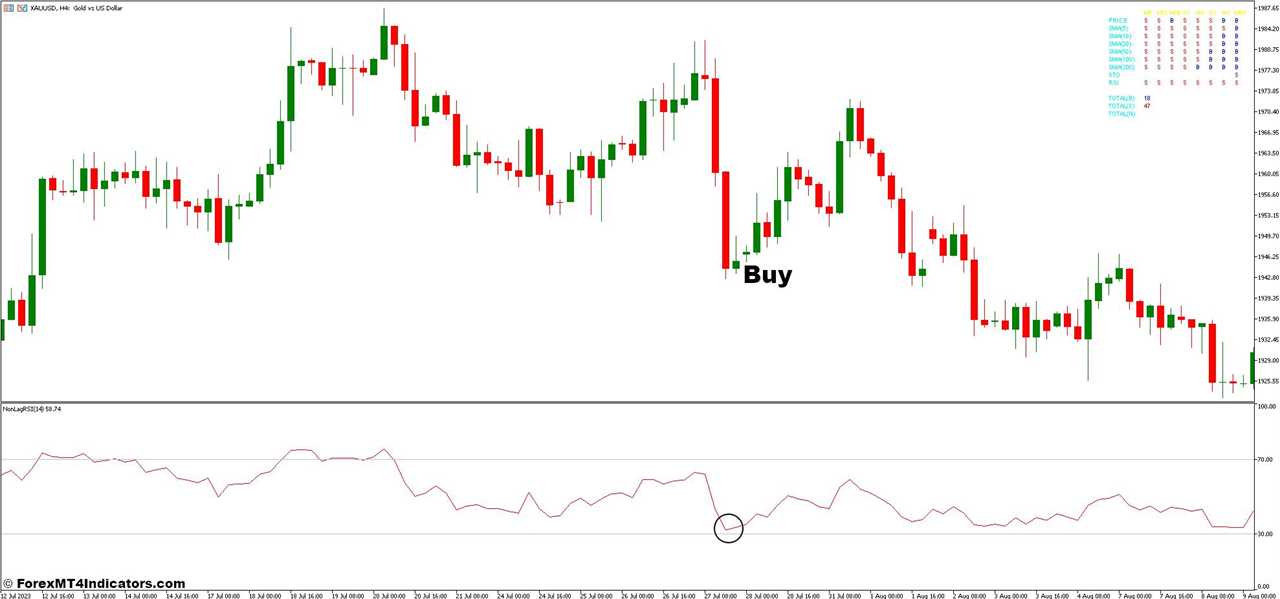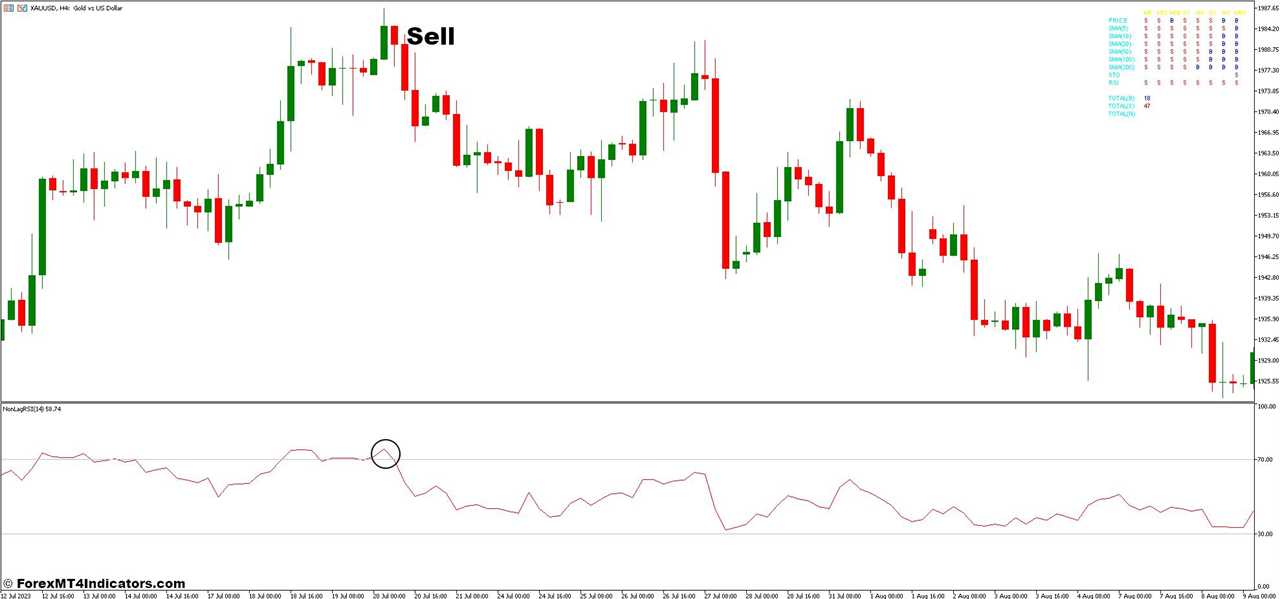||
The Fibo Pivot Candle Bar and Non-Lag Relative Strength Forex Trading Strategy stands out as a powerful tool. This strategy skillfully integrates Fibonacci pivot points with candle bar patterns and a non-lagging relative strength indicator, offering traders a comprehensive understanding of market dynamics. Its effectiveness lies in its ability to provide clear, actionable insights that can significantly enhance trading performance.
The core strength of this strategy is its use of Fibonacci pivot points to identify critical support and resistance levels. These levels, derived from the Fibonacci sequence, are known for their accuracy in predicting potential price reversals. By pinpointing these key areas, traders can anticipate where price movements will likely change direction. When combined with candle bar patterns, which visually represent price action, this approach offers a robust framework for making informed trading decisions.
Furthermore, the Non-Lag Relative Strength Indicator adds another layer of effectiveness to the strategy. Unlike traditional relative strength indicators that often lag behind price movements, the Non-Lag variant provides immediate feedback on market momentum. This real-time insight allows traders to quickly assess the strength of current trends and adjust their strategies accordingly, making it easier to stay ahead of the curve in a rapidly changing market environment.
Fibo Pivot Candle Bar Indicator
The Fibo Pivot Candle Bar is a key element in the “Fibo Pivot Candle Bar and Non-Lag Relative Strength Forex Trading Strategy.” This indicator combines Fibonacci pivot points with candlestick patterns to provide a comprehensive view of potential price reversals and trend strength. Fibonacci pivot points are calculated based on the previous day’s high, low, and close prices, creating several levels of support and resistance. These levels are derived from Fibonacci ratios, which are believed to reflect natural market rhythms.
The addition of candle bar patterns enhances the predictive power of Fibonacci pivot points. Candle bars, or candlesticks, display the open, high, low, and close prices within a specific time frame. By analyzing these patterns, traders can identify the market’s current sentiment and possible turning points. When these patterns align with Fibonacci pivot levels, they offer stronger confirmation of potential market moves. This integration allows traders to visualize price action about crucial support and resistance levels, leading to more accurate and strategic trading decisions.
Non-Lag Relative Strength Indicator
The Non-Lag Relative Strength Indicator (RSI) is another vital component of the “Fibo Pivot Candle Bar and Non-Lag Relative Strength Forex Trading Strategy.” Unlike traditional RSI, which can lag behind current market conditions, the Non-Lag RSI is designed to provide faster and more accurate readings of market momentum. It smooths price data more effectively, offering a clearer picture of whether a trend is gaining or losing strength.
The enhanced responsiveness of the Non-Lag RSI helps traders make timely decisions based on up-to-date market information. By delivering quicker signals about trend strength and potential reversals, this indicator minimizes the delay between market movements and trading actions. When used in conjunction with the Fibo Pivot Candle Bar, the Non-Lag RSI provides a more robust framework for identifying high-probability trading opportunities. This combination helps traders stay ahead of market trends and enhances the overall effectiveness of their trading strategy.
How To Trade With Fibo Pivot Candle Bar and Non Lag Relative Strength Forex Trading Strategy
Buy Entry

- Identify Support Levels: Look for a significant Fibonacci pivot level acting as support.
- Confirm with Candle Bars: Wait for a bullish candlestick pattern (e.g., a hammer or engulfing pattern) to form near the support level.
- Check Non-Lag RSI: Ensure the Non-Lag RSI is rising and is above the 30 level, indicating upward momentum.
- Enter Trade: Place a buy order when the bullish candlestick pattern and Non-Lag RSI confirmation align.
- Set Stop-Loss: Place a stop-loss just below the Fibonacci support level to limit potential losses.
- Set Take-Profit: Target a resistance level identified by Fibonacci pivots or a predefined risk-reward ratio (e.g., 1:2).
Sell Entry

- Identify Resistance Levels: Look for a significant Fibonacci pivot level acting as resistance.
- Confirm with Candle Bars: Wait for a bearish candlestick pattern (e.g., shooting star or bearish engulfing) to form near the resistance level.
- Check Non-Lag RSI: Ensure the Non-Lag RSI is falling and is above the 70 level, indicating downward momentum.
- Enter Trade: Place a sell order when the bearish candlestick pattern and Non-Lag RSI confirmation align.
- Set Stop-Loss: Place a stop-loss just above the Fibonacci resistance level to protect against unexpected price moves.
- Set Take-Profit: Target a support level identified by Fibonacci pivots or a predefined risk-reward ratio (e.g., 1:2).
||
-----------------------------------------------------
By: Tim Morris
Title: Fibo Pivot Candle Bar and Non Lag Relative Strength Forex Trading Strategy
Sourced From: forexmt4indicators.com/fibo-pivot-candle-bar-and-non-lag-relative-strength-forex-trading-strategy/?utm_source=rss&utm_medium=rss&utm_campaign=fibo-pivot-candle-bar-and-non-lag-relative-strength-forex-trading-strategy
Published Date: Tue, 24 Sep 2024 01:00:07 +0000
Read More
.png) InvestingStocksToolsClubsVideosPrivacy PolicyTerms And Conditions
InvestingStocksToolsClubsVideosPrivacy PolicyTerms And Conditions
